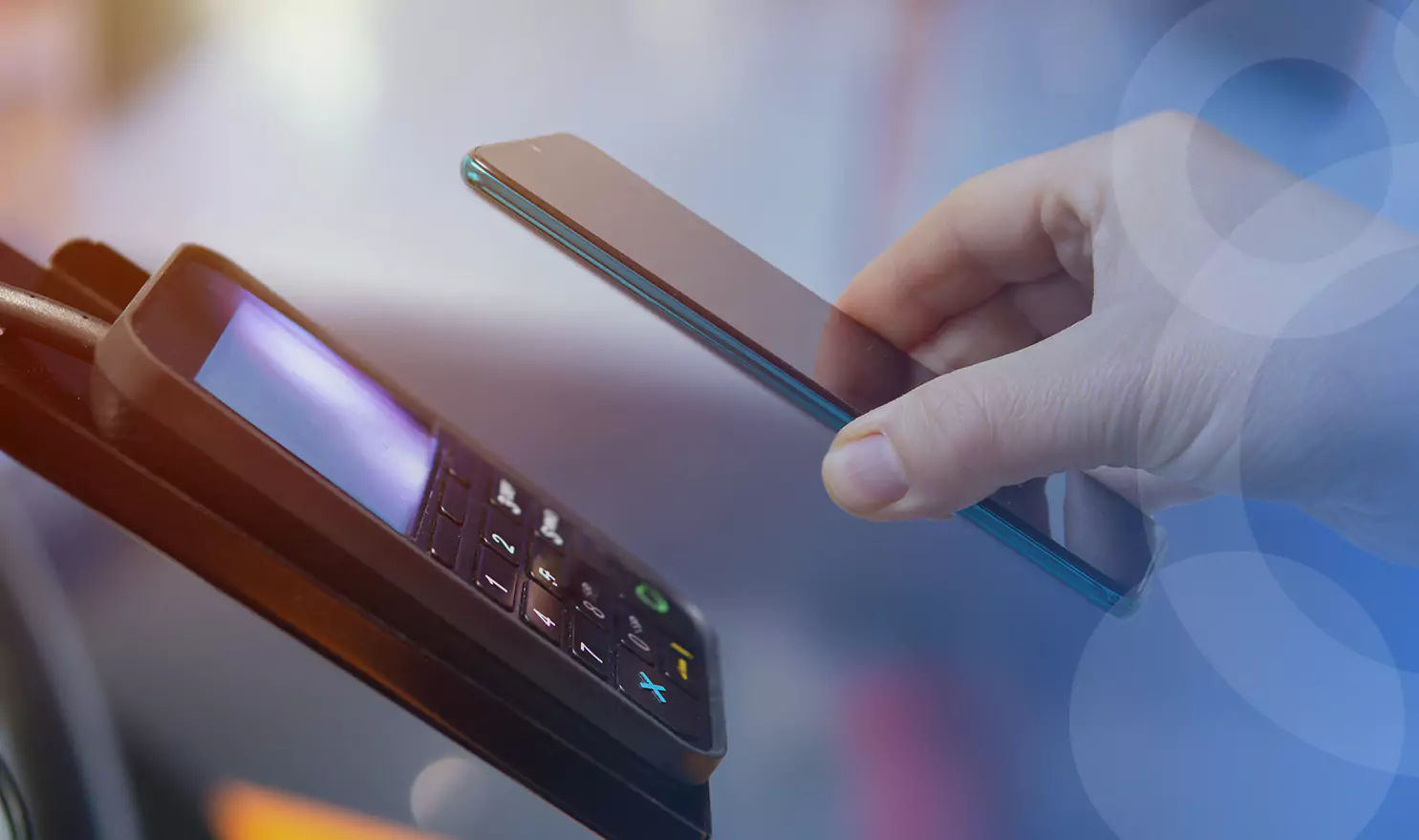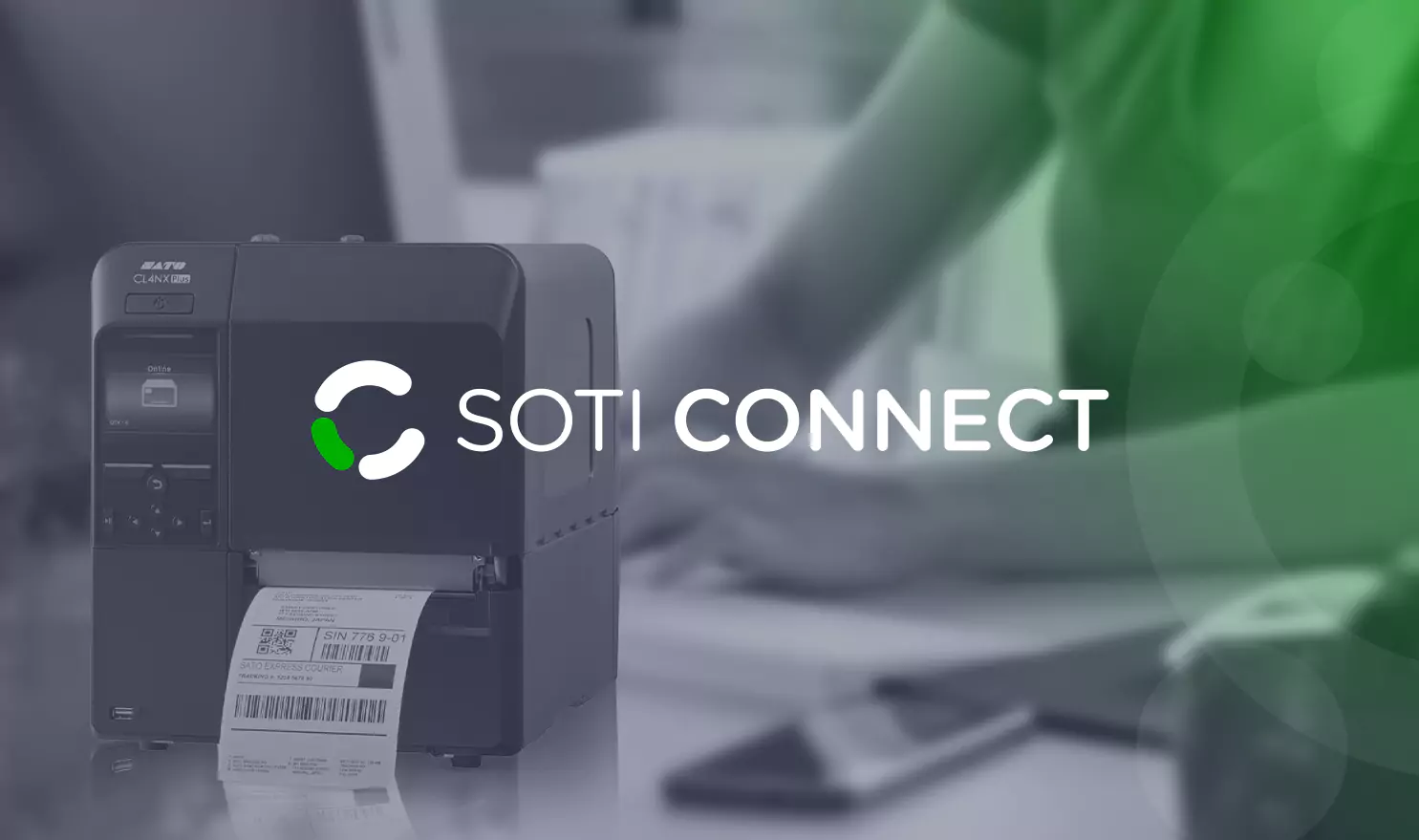Device Location History | MDM Geolocation | SOTI MobiControl

This blog is part of an ongoing series around SOTI MobiControl’s Enterprise Mobility Management (EMM) geolocation features.
SOTI MobiControl – part of the SOTI ONE Platform – allows organizations to view device location history.
Knowing where a device has been, or the path traveled to reach its current location is essential to helping businesses optimize their processes. There’s always a faster, smarter and safer way to ensure business-critical devices are moving from location-to-location in the most efficient manner possible and SOTI MobiControl device location history can help unearth those insights.
Here are some examples:
The fastest way to get from point A to point B is a straight line. However when transportation and logistics (T&L) delivery trucks are making their way through the city, it’s rarely done in a straight line.
If the warehouse worker makes an unexpected stop on their way to the loading dock, that delays the truck getting on the road. If the truck takes an unplanned detour due to construction or traffic, that delays products reaching store shelves or front doors on time. And that could be problematic.
Consider the following stats for the retail industry (which is also heavily dependent on T&L):
- 65% of retailers say that failed or late deliveries cost their business over $241,000 (USD, converted from GBP) per year
- 57% of consumers would avoid shopping with a retailer again if they had a negative delivery experience
- Organizations spend 20% more on shipping costs to compensate for late deliveries
Optimize Processes While Devices are on the Road
Device location history can help organizations optimize their processes for greater efficiency. Here’s an example: Many T&L or field services organizations have corporate gas their drivers can use to fill up while on the road. However, if those gas stations are not on their delivery routes, it can lead to delivery delays.
Armed with this information, a business can take actions such as:
- Setting up a corporate account with gas stations which are more accessible
- Adjust their delivery SLAs to account for the extra time required to fill up and to establish new expectations for customers
- Mandate that drivers fill up before heading back to the warehouse, ensuring a full tank for the next day’s deliveries
- Shift to more fuel-efficient vehicles to maximize driver delivery times
The delivery process is now optimized. Drivers have the tools (a better corporate account), time (new SLAs and more fuel-efficient vehicles) and strategies (end of shift fill-up mandate) to ensure goods are delivered on time, every time.
Device Location History is Available in SOTI MobiControl
SOTI MobiControl’s device location history feature shows the historical movement of devices in the field. You’ll know where they’ve been, how they got there, how long they spent at each location and where they went next. Easily see if devices took the best, most time-efficient route across town to complete a delivery.
And with this information, you can make better, smarter decisions to help them get from point A to be B faster.
For more information:
- Have questions about device location history? Ask them and we’ll answer ASAP
- Want to see device location history in action? Book a free product demo today
- Want to try device location history for yourself? Try SOTI MobiControl free for 30 days








